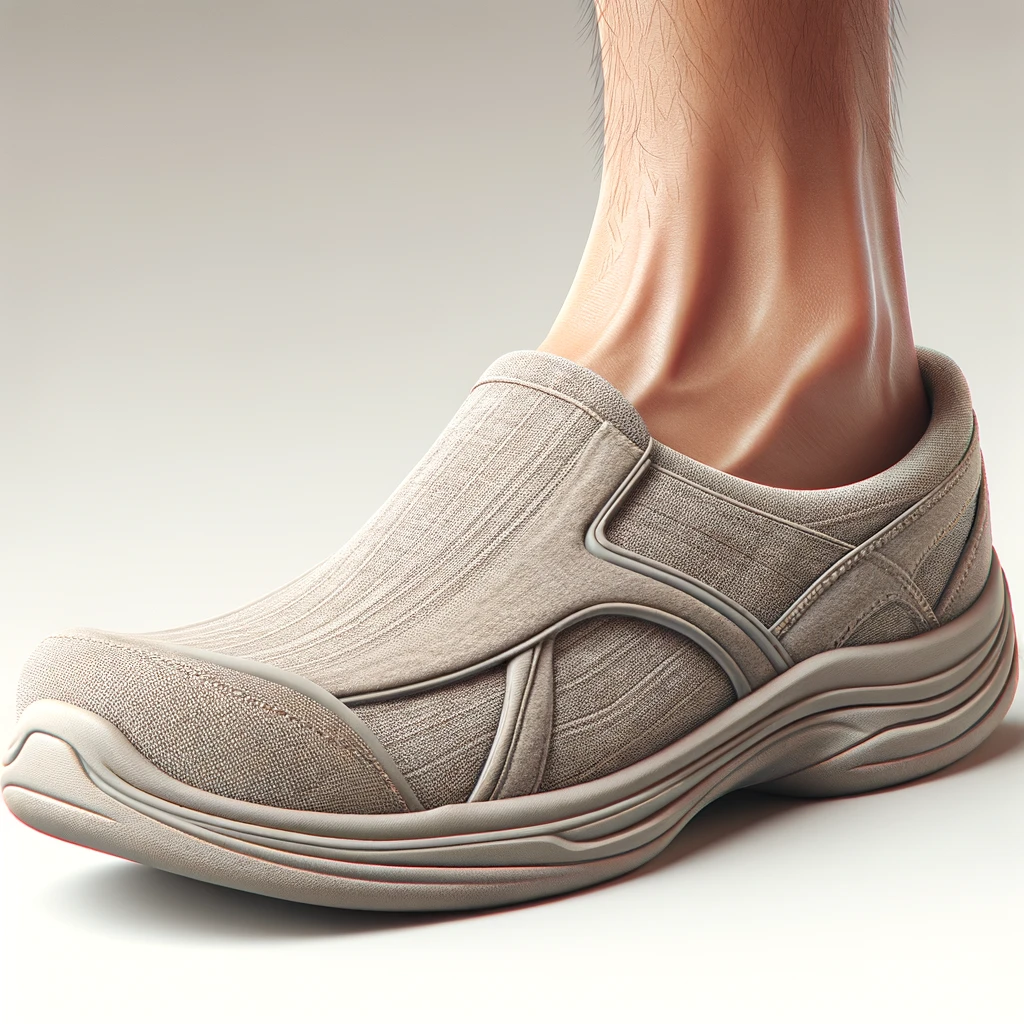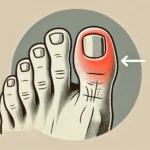Description:
When dealing with an ingrown toenail, wearing the right
footwear can help reduce discomfort and prevent further irritation. The best
types of shoes to wear in this situation are open-toed or wide-toed shoes.
1. Open-Toed Shoes:
- Pros:
- Reduce pressure
on the toenail.
- Allow more
airflow, which can help keep the area dry and promote healing.
- Prevent the
toenail from being rubbed or compressed by the shoe material.
- Cons:
- May leave the
toe vulnerable to bumps or external injuries.
- Less protection
against dirt or debris, which can cause infection if the toenail is already
inflamed.
2. Wide-Toed Shoes:
- Pros:
- Provide
adequate room for the toes to spread out, reducing pressure on the ingrown
nail.
- Offer more
protection compared to open-toed shoes, particularly in environments where the
toe might get bumped or injured.
- Can still be
comfortable for longer periods, offering cushioning while allowing space around
the affected toe.
- Cons:
- Closed-toed
shoes, even if wide, can trap moisture, potentially slowing down healing if not
kept dry.
Which is Better?
- For early-stage or mild discomfort: Open-toed shoes are
generally preferred because they relieve pressure on the toenail and keep the
area ventilated.
- For protection in everyday activities: Wide-toed shoes may
be a better option, as they reduce pressure while offering protection to the
toe, particularly if you're active or need to wear shoes for work or walking.
Ultimately, choosing footwear that minimizes pressure and
friction on the affected toe is key.
Treatment For:
AI generated Summary: Based on the single review provided by Dr. Curbside, wearing open-toe or wide-toed shoes appears to be a highly effective treatment for ingrown toenails, rated 5 out of 5. The reviewer suggests that this treatment should be the first line of defense and can help reduce the recurrence of ingrown toenails.





